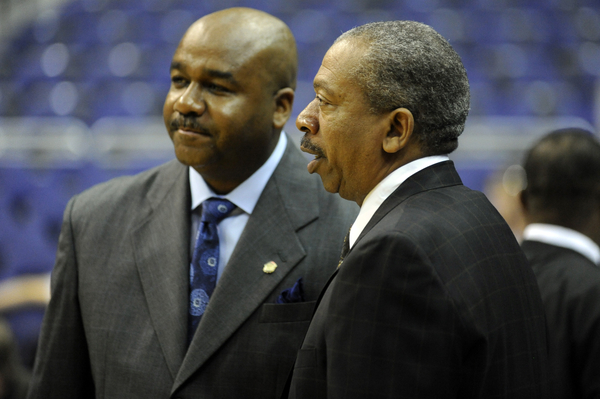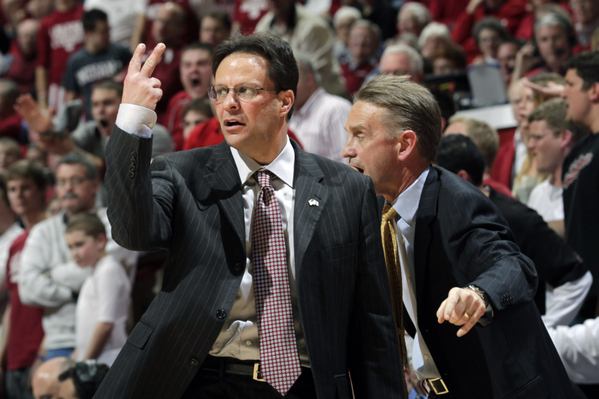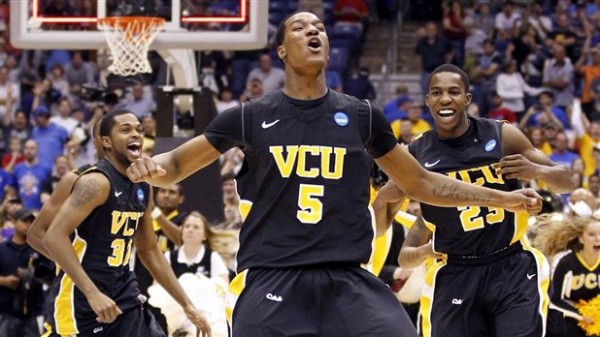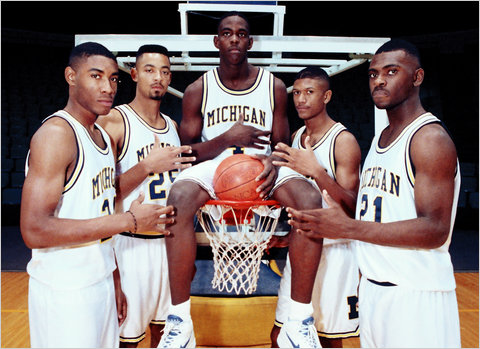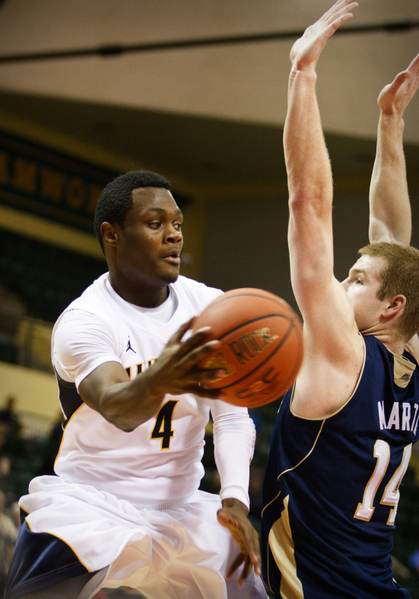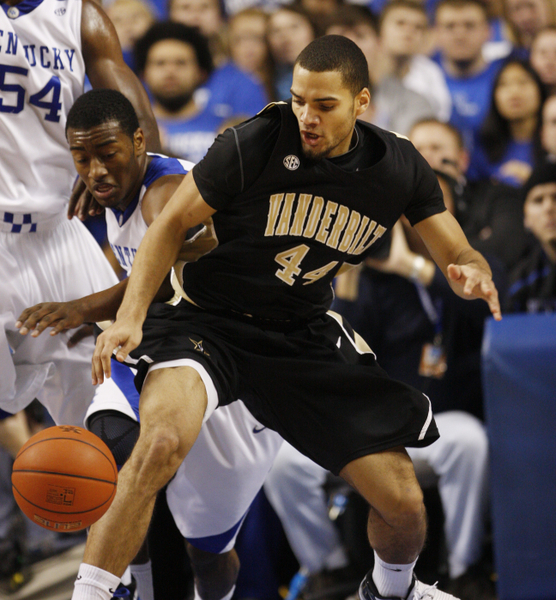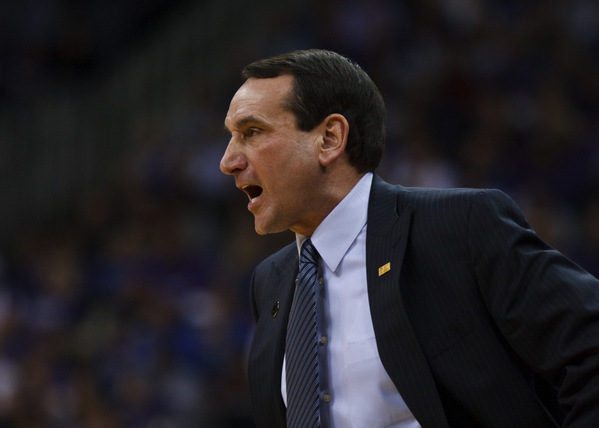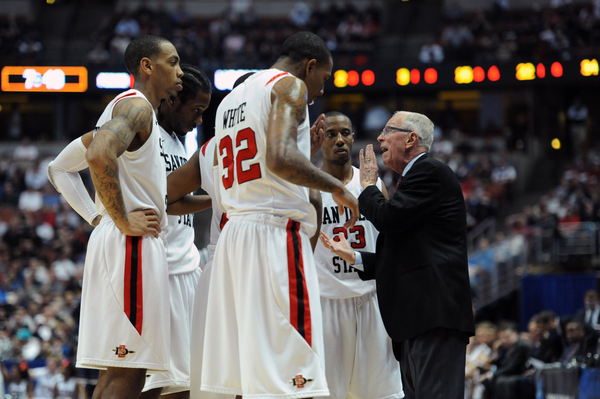20 Questions: Can the Big East Approach Its Record of 11 NCAA Bids Again This Season?
Posted by rtmsf on November 10th, 2011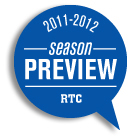 Brian Otskey is the Big East correspondent for RTC and a regular contributor. You can find him on Twitter @botskey.
Brian Otskey is the Big East correspondent for RTC and a regular contributor. You can find him on Twitter @botskey.
Question: Can the Big East Approach Its Record of 11 NCAA Bids Again This Season?
The Big East can certainly “approach” its record of 11 NCAA Tournament teams but I feel pretty confident in saying the conference will not equal that number this season. There is too much uncertainty at schools such as Georgetown, Notre Dame and West Virginia to proclaim that all three will again make the field of 68. For the Big East to equal 11, those three teams plus one of Rutgers, Seton Hall and St. John’s (teams in the 11-13th place range) would have to wildly exceed the expectations of most writers and analysts to make the field. This assumes, of course, that DePaul, Providence and South Florida have no shot whatsoever of going dancing this March.
When you break it down, Connecticut, Louisville, Pittsburgh and Syracuse are considered preseason NCAA locks with Cincinnati, Marquette and Villanova not far behind. That makes seven teams and you have to figure at least one (probably two) of Georgetown, Notre Dame and West Virginia will earn bids as well. That makes eight or nine teams with an outside shot at ten in a best case scenario. As we’ve seen in the six year existence of the 16-team Big East, the league eats itself alive, especially in the middle. Ten wins in this conference is usually enough to garner an invitation but 9-9 and 8-10 records, often seen around tenth place, make a team’s situation dependent on what goes on in other leagues around the country.





























